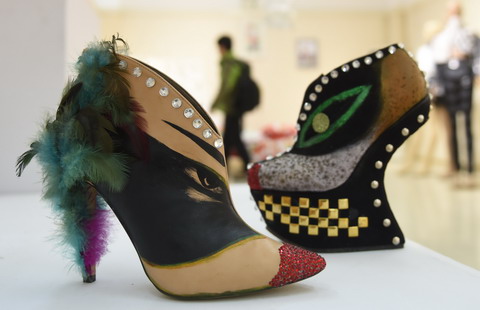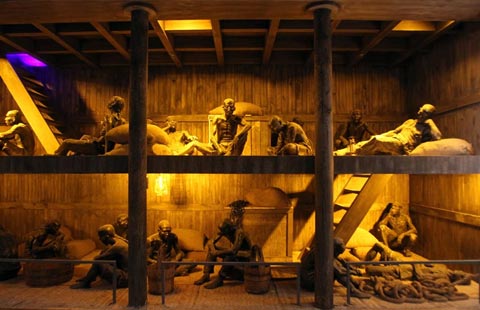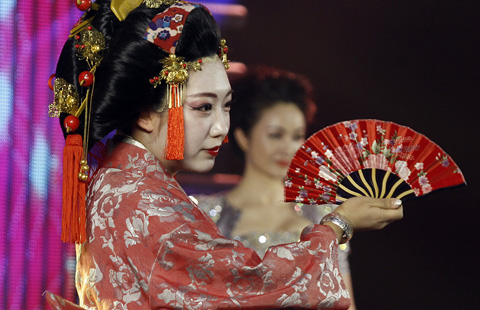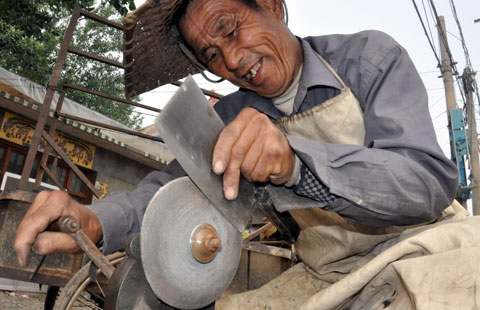Saving Beijing's ancient landmarks
By Deng Zhangyu ( China Daily ) Updated: 2014-11-19 07:44:26Chen, 73, set up the first private red sandalwood museum in China in 1999. Since then she has devoted herself to the project of replicating the lost city walls and gates. Growing up in Beijing and having seen the city walls and gates in her childhood, Chen says she has a special feeling for the project.
All the gates and walls are being built one-tenth the size of the original structures. Andingmen, one of nine gates in ancient Beijing's inner city, is about 3.5 meters tall and weighs about 6.5 tons. The gate tower and watchtower are made of sandalwood while the city walls are being built from ebony, the color of which is similar to bricks of the old walls.
Chen has a factory in a Beijing suburb, equipped with a team of more than 200 red sandalwood sculptors and experts. She says she'd love to spend all her time and money on her dream of restoring Beijing's imperial landmarks.
All the models are structured using mortise-and-tenon joints, without a single nail, in what was an essential technique for traditional Chinese buildings. It's also a simple but strong method to join pieces of wood.
"It's a combination of history, architecture, art and culture-a great project," says Shan Jixiang, director of the Palace Museum.
Shan says Chen's red sandalwood museum has a large collection of the precious wood and employs craftsmen and women skilled at sculpting wood. The Palace Museum cooperates with Chen in repairing ancient furniture made from precious wood.
Shan says China is one of the first countries to recognize the value of red sandalwood, which has been grown for several hundred years in India. It was popular with royal families since the Tang Dynasty (618-907).
"Chen combines the skill of red sandalwood sculpting with traditional Chinese architecture. It offers us a new way to experience old Beijng's culture," adds Shan.
|
|
|
|
|
|
|
|
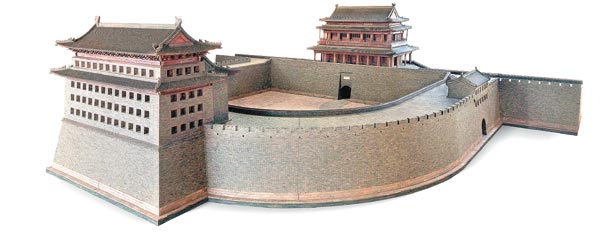
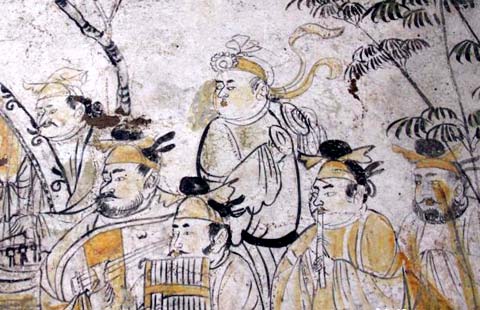



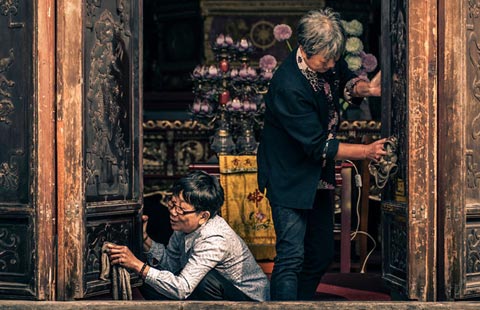
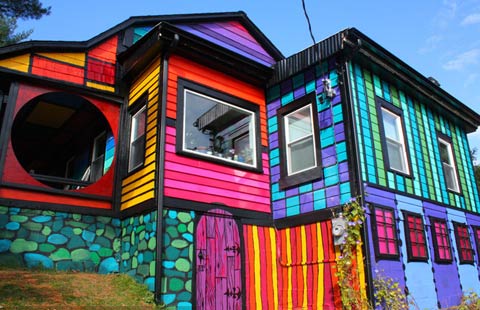

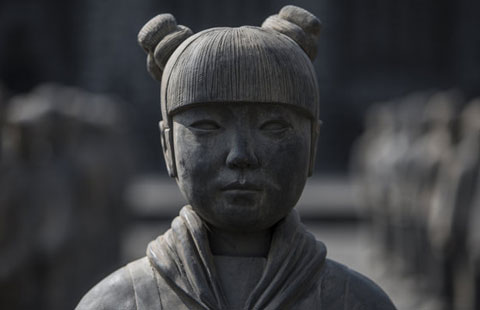






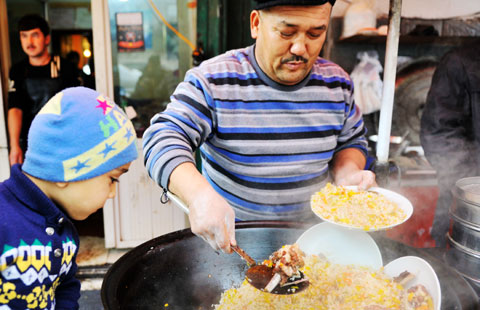


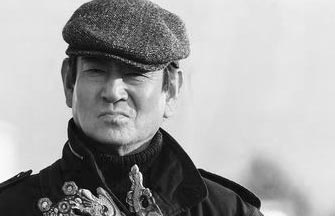
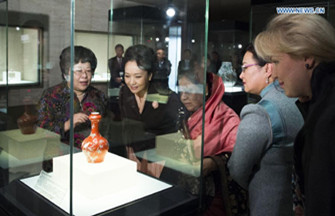



 Raymond Zhou:
Raymond Zhou: Pauline D Loh:
Pauline D Loh: Hot Pot
Hot Pot Eco China
Eco China China Dream
China Dream China Face
China Face
